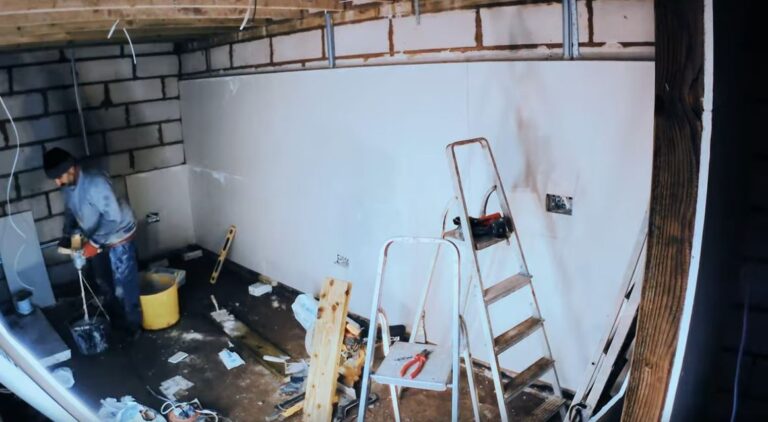Building Tiny OFFICE Wall Insulation Small OFFICE Build Video 09

Blog Intro: Follow along with Zulf Ali as he shares insights into insulating the walls of a small home extension project in the UK, highlighting different insulation options, construction challenges, and decision-making processes.
In this article
- Understanding Insulation Options Small Home Extension
- Navigating Building Regulations
- Collaborating with Builders Small Home Extension
- Optimizing Thermal Performance
- Balancing Cost and Quality Small Home Extension
- Addressing Construction Challenges
- Planning for Future Additions
- Looking Ahead
- In summary
Zulf Ali
Director – Writer – Podcaster
Understanding Insulation Options Small Home Extension
As we reach a crucial stage in the small home extension project, it’s time to focus on insulating the walls. Over the course of three days (day 10, day 11, and day 12), various insulation materials and techniques are explored. From celotex to rock wool, each option has its advantages and considerations.

Navigating Building Regulations
With different guidelines in place and regulations evolving annually, it’s essential to ensure compliance while making informed decisions. The placement of insulation boards above the damp-proof layer is crucial for effective insulation, providing a barrier against moisture and optimizing thermal performance.

Collaborating with Builders Small Home Extension
Effective communication with builders is key to addressing challenges and ensuring the desired outcome. Despite facing occasional setbacks and discrepancies in initial plans, open dialogue helps navigate through issues and find suitable solutions.

Optimizing Thermal Performance
Choosing celotex over other insulation materials may incur additional costs, but the superior thermal value justifies the investment. By prioritizing energy efficiency and heat retention, the long-term benefits outweigh the initial expenses.

Balancing Cost and Quality Small Home Extension
While cost considerations are important, prioritizing quality and performance is paramount. Investing in superior insulation materials like celotex offers greater thermal efficiency and durability, contributing to a comfortable and sustainable living environment.

Addressing Construction Challenges
From fitting insulation boards snugly into gaps to ensuring proper placement of metal ties, attention to detail is crucial in achieving optimal results. Adapting to unforeseen challenges and making necessary adjustments along the way is part of the construction process.

Planning for Future Additions
As the project progresses, plans for additional heating elements and interior finishing are already underway. Incorporating central heating systems and electric heaters ensures comfort and convenience, while thoughtful design considerations pave the way for seamless integration.

Looking Ahead
As construction continues, attention turns to the next steps, including roofing, internal finishing, and installation of doors and windows. Despite challenges and delays, progress is steady, laying the foundation for a well-insulated and structurally sound home extension.
In summary
Insulating walls in a small home extension is a multifaceted process that requires careful planning, collaboration, and decision-making. By prioritizing quality materials, compliance with regulations, and effective communication with builders, the project progresses towards creating a comfortable and sustainable living space.Zulftalks.com





